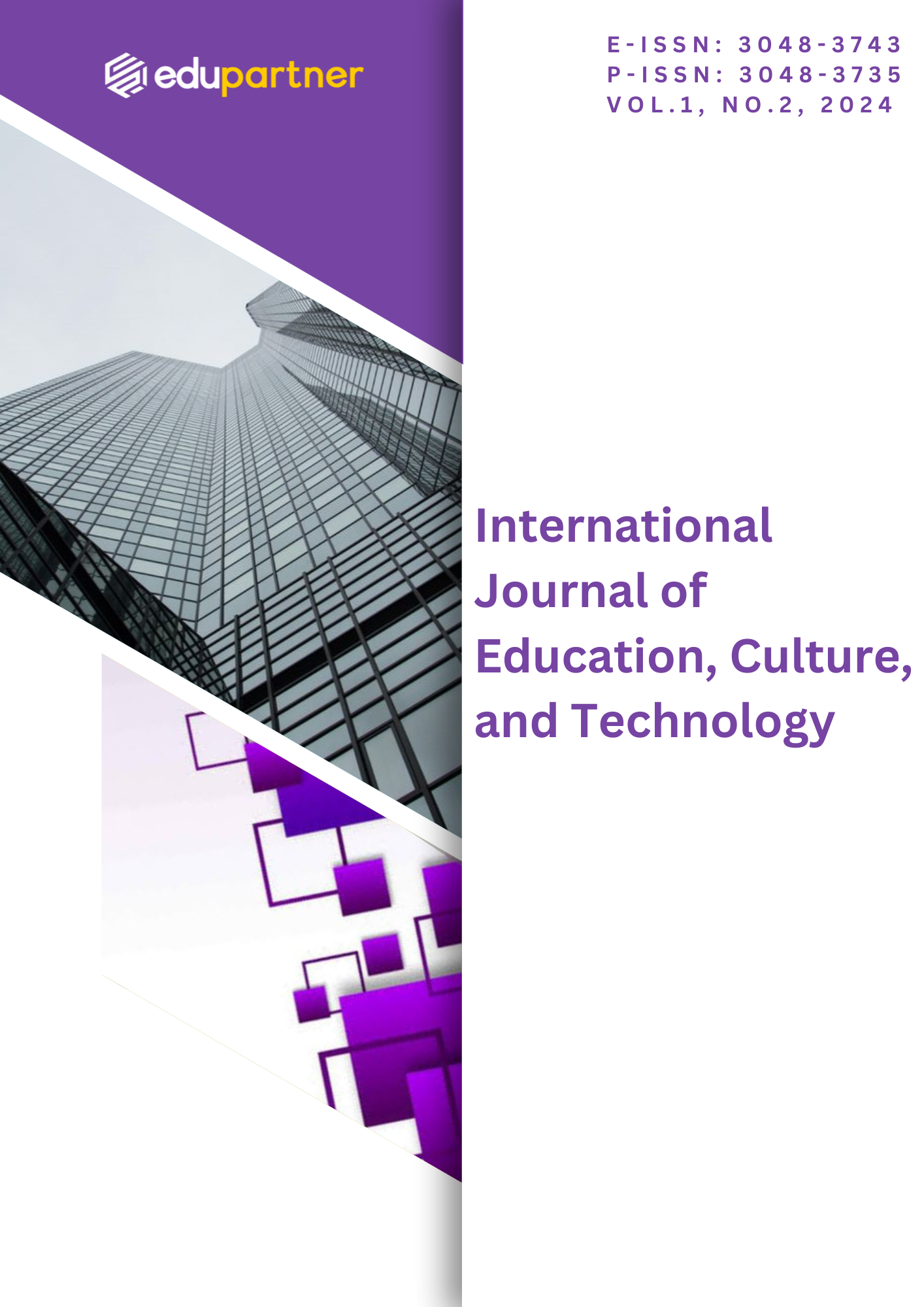Facilitating English Syntax Learning through Translanguaging: Insights from Indonesian University Students
DOI:
https://doi.org/10.69747/edu-ij.v1i2.114Keywords:
english syntax instruction; multilingual pedagogy; translanguagingAbstract
This study investigates the role of translanguaging in English syntax instruction within an Islamic university context in Lampung, Indonesia. Adopting a qualitative case study design, the research explores how students and lecturers utilize multiple languages primarily English, Bahasa Indonesia, Arabic, and local languages to facilitate the learning of complex grammatical structures. Data were collected through classroom observations, student interviews, and survey responses. Findings reveal that translanguaging serves as a valuable pedagogical strategy, enabling students to access prior linguistic knowledge, reduce anxiety, and enhance comprehension of abstract syntactic rules. Students reported increased comfort and confidence when allowed to express their ideas through a mix of languages, especially when dealing with challenging topics like relative clauses or auxiliary verbs. However, the study also highlights key challenges, including increased cognitive load, distraction, and the risk of overdependence on the first language. These findings underscore the importance of a context-responsive and adaptive use of translanguaging that supports language development while gradually transitioning learners into English-dominant instruction. The study contributes to the growing body of research on multilingual pedagogies in EFL contexts and offers practical implications for English language teaching in religious and multilingual settings.
References
Alwi, H., Dardjowidjojo, S., Lapoliwa, H., & Moeliono, A. M. (2010). Tata Bahasa Baku Bahasa Indonesia (3rd ed.). Jakarta: Balai Pustaka.
Canagarajah, S. (2011). Codemeshing in academic writing: Identifying teachable strategies of translanguaging. The Modern Language Journal, 95(3), 401–417. https://doi.org/10.1111/j.1540-4781.2011.01207.x
Cenoz, J., & Gorter, D. (2017). Translanguaging as a pedagogical tool in multilingual education. In J. Cenoz & D. Gorter (Eds.), Minority languages and sustainable translanguaging (pp. 1–12). Multilingual Matters.
Creese, A., & Blackledge, A. (2010). Translanguaging in the bilingual classroom: A pedagogy for learning and teaching? The Modern Language Journal, 94(1), 103–115.
Creese, A., & Blackledge, A. (2010). Translanguaging in the bilingual classroom: A pedagogy for learning and teaching? The Modern Language Journal, 94(1), 103–115. https://doi.org/10.1111/j.1540-4781.2009.00986.x
Creswell, J. W. (2013). Qualitative Inquiry and Research Design: Choosing Among Five Approaches (3rd ed.). Sage Publications.
García, O., & Kano, N. (2014). Translanguaging as process and pedagogy: Developing the English writing of Japanese students in the US. In J. Conteh & G. Meier (Eds.), The Multilingual Turn in Languages Education: Opportunities and Challenges (pp. 258–277). Multilingual Matters.
García, O., & Kleyn, T. (Eds.). (2016). Translanguaging with multilingual students: Learning from classroom moments. Routledge.
García, O., & Wei, L. (2014). Translanguaging: Language, bilingualism and education. Palgrave Macmillan.
García, O., Johnson, S. I., & Seltzer, K. (2017). The translanguaging classroom: Leveraging student bilingualism for learning. Caslon Publishing.
Leung, C., & Valdés, G. (2019). Translanguaging and the transdisciplinary framework. In A. Stille, T. Cummins, & A. Gagné (Eds.), Educators for diverse classrooms: A case study approach to equity and inclusion in education (pp. 75–88). Canadian Scholars’ Press.
Macaro, E. (2009). Teacher use of codeswitching in the second language classroom: Exploring “optimal” use. In M. Turnbull & J. Dailey-O’Cain (Eds.), First language use in second and foreign language learning (pp. 35–49). Multilingual Matters.
Setiawan, B. (2020). The syntactic difficulties faced by Indonesian students in constructing English sentences. Journal of English Language Studies, 5(2), 156–170.
Again, please verify the exact article title, journal, and pagination if available.
Sneddon, J. N. (2003). The Indonesian Language: Its History and Role in Modern Society. UNSW Press.
Swain, M., Kinnear, P., & Steinman, L. (2015). Sociocultural theory in second language education: An introduction through narratives. Multilingual Matters.
Turnbull, M. (2019). Revisiting the role of the first language in second language teaching and learning. In C. Chapelle (Ed.), The encyclopedia of applied linguistics. Wiley.
Vygotsky, L. S. (1978). Mind in society: The development of higher psychological processes. Harvard University Press.
Wijaya, Y. (2018). Common grammatical errors made by Indonesian EFL learners: A case study. Jurnal Pendidikan Bahasa Inggris, 9(1), 1–10.
Note: This is a plausible reconstruction based on typical naming. Please check the actual journal name and volume for accuracy.



